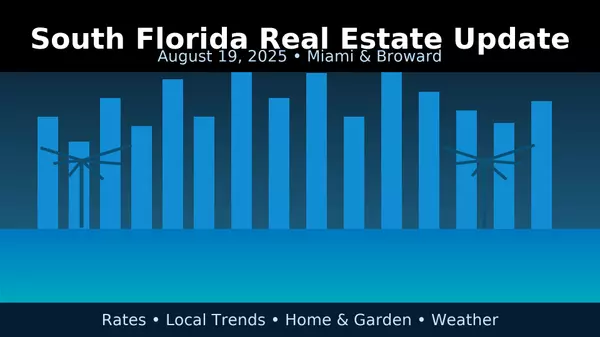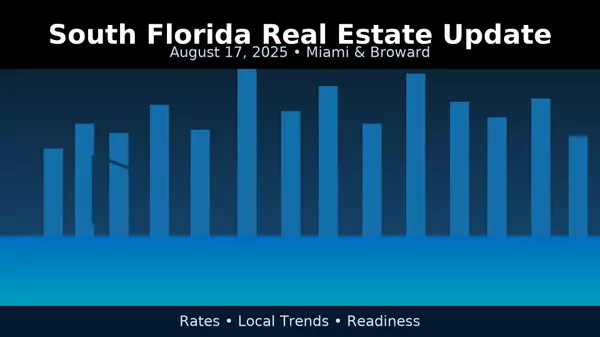Understanding Debt-to-Income Ratio: And How It Helps Determine How Much Money The Bank Will Lend You
Understanding Debt-to-Income Ratio: A Crucial Factor in Mortgage Affordability
Navigating the world of home buying can be complex, especially when it comes to understanding the financial aspects. One crucial element that often determines your journey towards homeownership is the Debt-to-Income Ratio (DTI). This ratio not only influences your eligibility for a mortgage but also the amount and terms of the loan you can secure. In this comprehensive blog, we’ll explore what DTI is, its importance in the mortgage process, and how you can optimize it to enhance your home buying prospects.
What is Debt-to-Income Ratio?
The Debt-to-Income Ratio is a financial measure used by lenders to assess a borrower's ability to manage monthly payments and repay debts. It’s expressed as a percentage and calculated by dividing your monthly debt obligations by your gross monthly income.
Types of Debts Included in DTI Calculation
- Recurring Monthly Debts: This includes credit card payments, car loans, student loans, personal loans, existing mortgages, and other fixed payment obligations.
- Potential Mortgage Payments: Your future home loan payments are factored into this equation.
Gross Monthly Income
This refers to your total monthly income before taxes and deductions.
Components of DTI: Front-End and Back-End Ratios
-
Front-End Ratio: This ratio focuses solely on housing-related expenses, including the proposed mortgage payment, property taxes, homeowner’s insurance, and, if applicable, homeowners association fees.
-
Back-End Ratio: A more comprehensive measure, the back-end ratio encompasses all your monthly debt obligations, including the anticipated mortgage payment.
The Significance of DTI in Mortgage Applications
Assessing Loan Eligibility
Lenders use the DTI ratio as a risk assessment tool. A lower DTI suggests a balanced financial situation, indicating that you can comfortably handle additional debt. Most lenders prefer a DTI ratio of 36% or lower, with no more than 28% dedicated to housing expenses.
Influencing Loan Amount and Terms
A lower DTI ratio can lead to more favorable loan terms, potentially increasing your borrowing limit and reducing the interest rate.
Indicating Financial Health
Your DTI ratio is also a reflection of your financial well-being. A high DTI might suggest the need for debt reduction or reconsideration of the home price range you can afford.
Strategies to Improve Your DTI
Pay Down Existing Debt
Reducing credit card balances, paying off loans, and minimizing other debt obligations can significantly lower your DTI.
Increase Your Income
Enhancing your income through higher-paying jobs, additional work, or side hustles can improve your DTI ratio.
Avoid New Debt
In the period leading up to a mortgage application, it’s advisable to refrain from taking on new significant debts.
Budgeting and Financial Planning
Develop a budget that prioritizes debt reduction and allows you to track and manage your finances more effectively.
DTI and Mortgage Types
Different mortgage programs have varying DTI requirements. For example, FHA loans may allow higher DTIs, while conventional loans might require lower ratios. Understanding these differences is crucial when selecting the best mortgage type for your situation.
The Role of Credit Scores in Conjunction with DTI
While DTI is a significant factor, lenders also consider credit scores. A high credit score can sometimes offset a higher DTI ratio.
Consultation with Financial Advisors
For personalized advice, it’s beneficial to consult with financial advisors or mortgage professionals. They can provide insights specific to your financial situation and guide you through the mortgage process.
Conclusion
Your Debt-to-Income Ratio is a vital element in the home-buying process. It not only affects your ability to secure a mortgage but also the terms and affordability of your home loan. By understanding and managing your DTI, you can position yourself for a successful and financially sound home purchase. Remember, buying a home is more than just a lifestyle choice; it’s a significant financial commitment, and your DTI ratio plays a crucial role in navigating this journey.
Categories
Recent Posts











